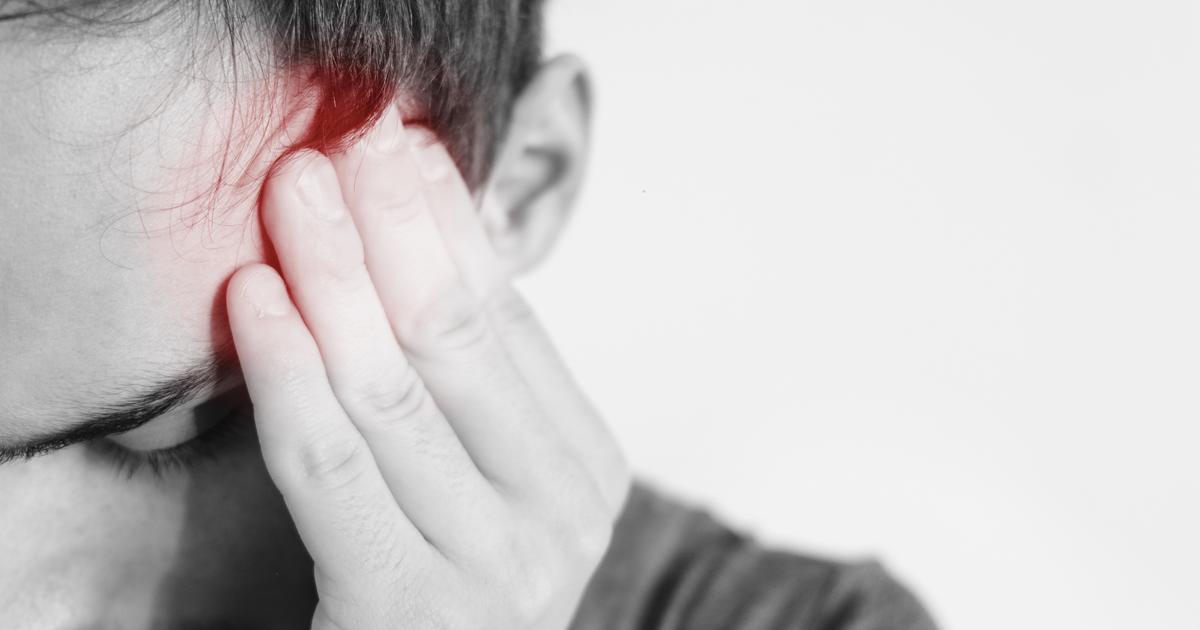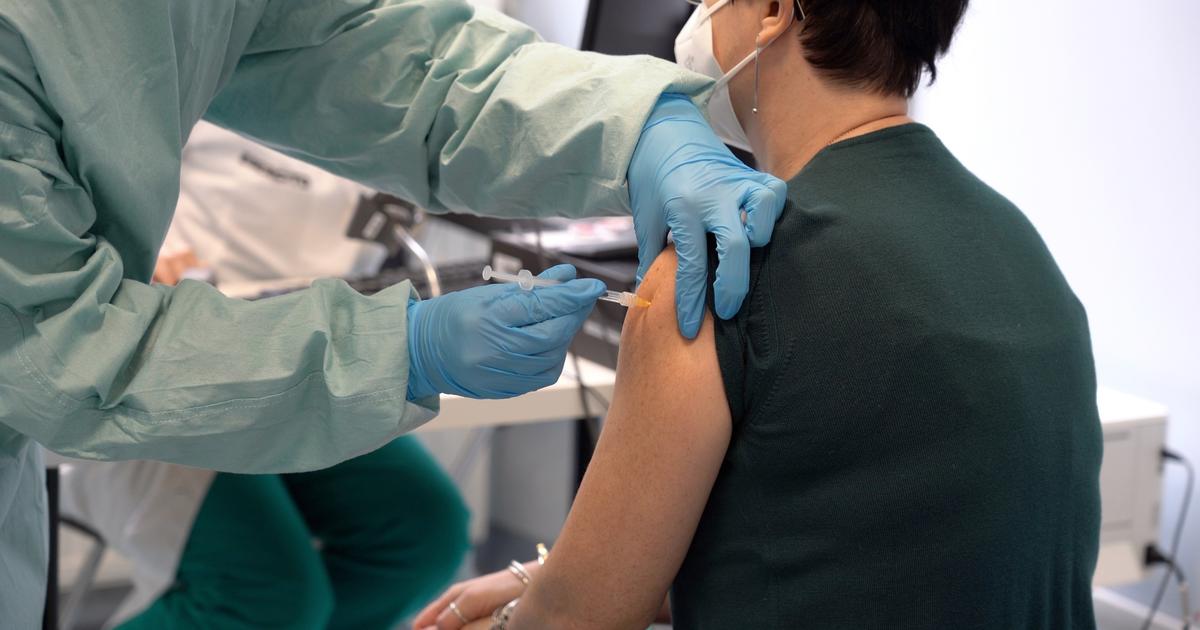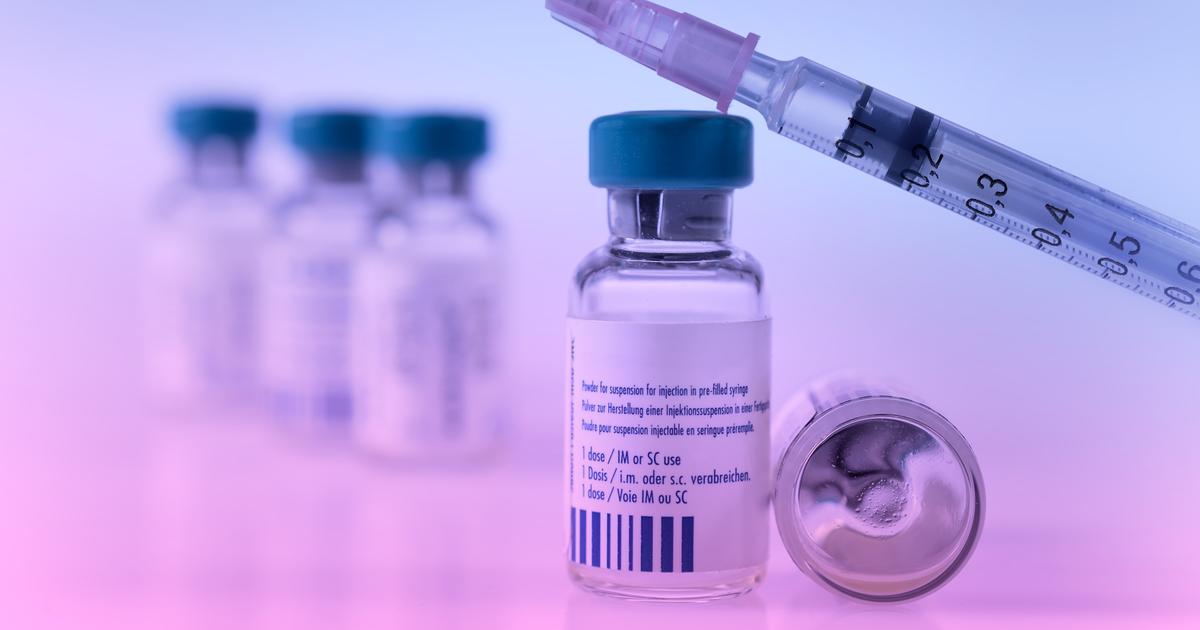By Erika Edwards and Elliott Ramos - NBC News
COVID-19 vaccination rates for youth ages 12 to 17 increased in the Northeast and lagged in the South, after a month since they were approved for children 12 and older, according to an analysis by NBC News, sister network of Noticias Telemundo.
In Vermont, almost 59% of teens have received their first dose
.
In Massachusetts, the figure is half.
And in Connecticut, Maine, Maryland, New Hampshire and Rhode Island, more than 40% of youth ages 12 to 17 have received an injection.
[FDA extends Johnson & Johnson vaccine validity due to danger of millions of doses expiring unused]
Meanwhile, young people living in the South are less likely to have received their first dose.
Just over 7% of Mississippi minors ages 12 to 17 have received it, and in Louisiana less than 10% of that age group.
Alabama is in the rear
, with just under 6% of 12-17 year olds taking the first dose given.
Vaccine hesitancy appears to play a key role in the low rates in the South, according to Dr. David Kimberlin, an expert in pediatric infectious diseases at the University of Alabama at Birmingham.
Pfizer is in a race against time to vaccinate children, who now account for nearly 20% of new COVID-19 cases
June 9, 202101: 45
Kimberlin explained that she has witnessed an increase in hesitation rates among parents over the past few decades.
They are not necessarily anti-vaccine, but they have often been mistaken with unfounded accounts and continue to harbor doubts.
"I think it fits into a broader challenge that we have in this country, of not knowing who to trust," he said.
"It can be frustrating. You debunk one misinformation problem and then another two or three come up. It's like hitting a mole," he added.
Audrey Romero, 16, receives a first dose of Pfizer-BioNTech COVID-19 vaccine at a mobile clinic in Los Angeles, California, on May 14, 2021. Patrick T. Fallon / AFP via Getty Images
In the Midwest, vaccination rates for the first dose against COVID-19 are around 25%.
Just under a third of teens in Michigan and Wisconsin have received a dose, while less than a quarter of teens in Nebraska and Ohio have been inoculated.
Rates in Missouri are just under 19%.
Kansas City pediatrician Dr. Natasha Burgert predicts that more parents will enroll their children this fall.
[Still have questions about the COVID-19 vaccine? A doctor answers the most controversial questions]
"The children will go back to school and the parents will go back to work.
If a child is exposed, there will be a very practical problem: that the parents have to go home from work after an exposure
, a very different situation than when we were at home. confined, "he predicted.
NBC News calculated adolescent vaccination rates by subtracting the first dose of vaccination for adults 18 years and older and those 12 and older.
The Pfizer-BioNTech vaccine was licensed for children as young as 12 years old in May.
The analysis also includes previous data for 16- and 17-year-olds, who were able to receive the Pfizer vaccine as early as December.
Most older teens, however, didn't get vaccinated until earlier this year, after healthcare workers and older adults had a chance to get vaccinated.
There are caveats when comparing states.
Younger ones like Vermont, which has the highest vaccination rate among teens, only have about 40,000 teens.
Thus, the state has fewer teen shots overall than California, which has vaccinated a third of its 3 million teens.
[Which countries is safe to travel to, according to the CDC?]
According to the Centers for Disease Control and Prevention (CDC), just over 7.1 million young people ages 12 to 17 have received at least one dose of COVID-19.
Last week, CDC Director Dr. Rochelle Walensky urged parents to vaccinate teens, citing a recent increase in the number of young people hospitalized with the disease.
"I am deeply concerned about the number of minors hospitalized and I am saddened to see the number of young people who required treatment in intensive care units or mechanical ventilation," he said in a statement.
In the first three months of the year, CDC researchers revealed that nearly a third of adolescents hospitalized with COVID-19 required admission to an ICU and 5% required invasive mechanical ventilation.
"Much of this suffering is preventable," Walensky said.











/cloudfront-eu-central-1.images.arcpublishing.com/prisa/KMEYMJKESBAZBE4MRBAM4TGHIQ.jpg)


